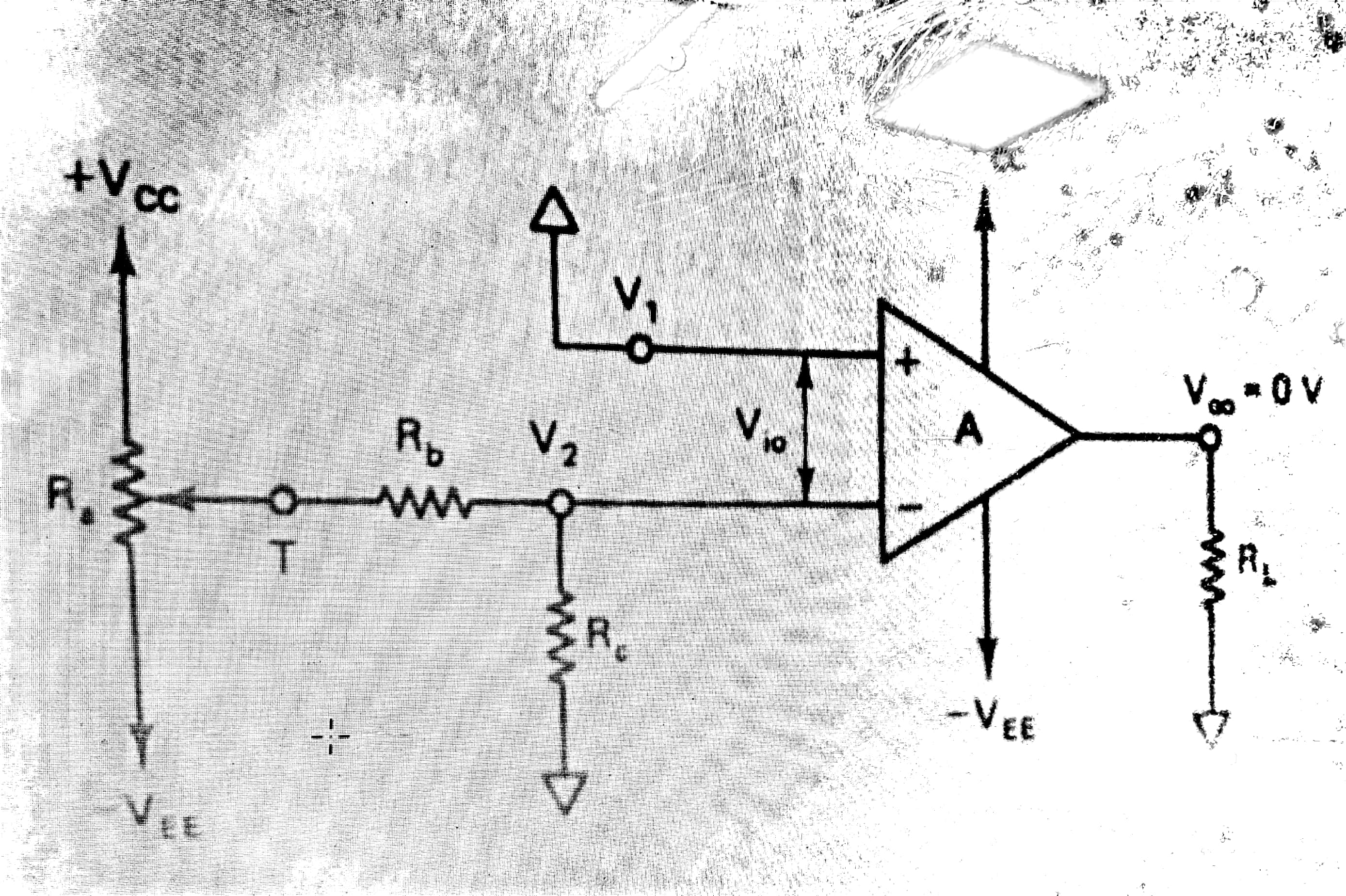While reading a book on opamps I came across this output offset voltage compensating circuit.

They used thevenin's circuit looking at Ra from point T:

Then they converted a part of the first circuit the this:

But what I don't understand is how can the given circuit can have both resistance Rmax as well as voltage Vmax at the same time? Why have they shown both the things together in the same circuit. Like if the resistance were Rmax, voltage would have been zero at point T. Can anyone explain please!
Thanks!

